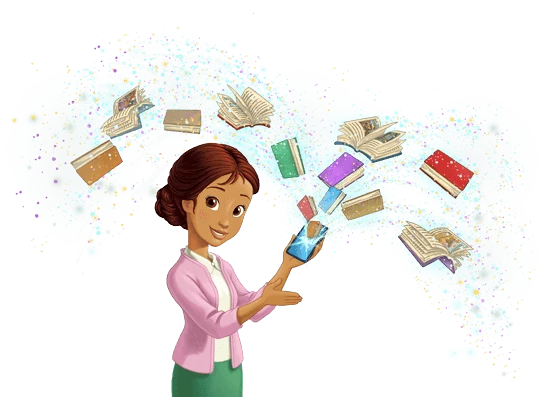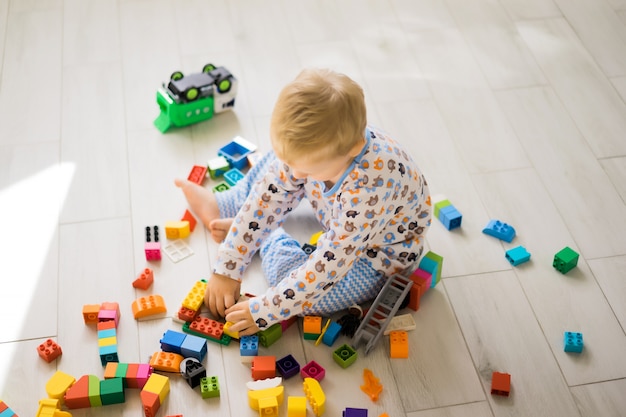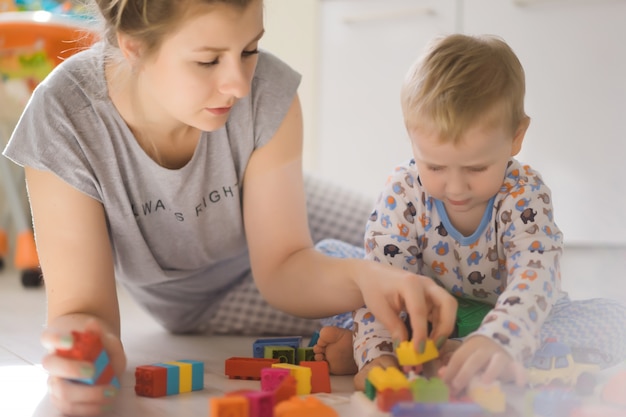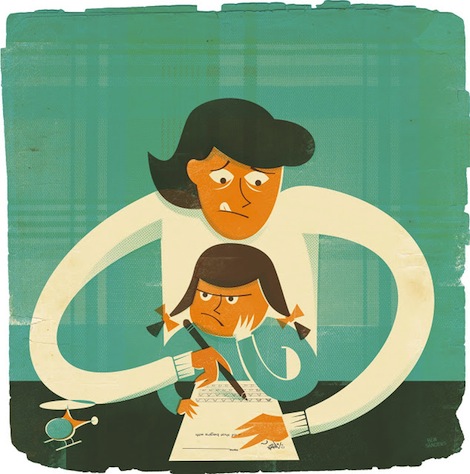FEARS AND PHOBIAS IN CHILDREN
Free and non-commercial translation of the article in Spanish: Miedos y fobias en la infancia. Fears and phobias in childhood
Fears are very common in certain periods of the child's age. Usually they are passengers and of little intensity.
Fears are emotions characterized by an intense, usually unpleasant sensation, triggered by the perception of a danger, real or supposed, present, future, or even past. They derive from natural aversion to risk or threat, and are manifested in all animals, which includes man.
Fears are very common phenomena throughout the development of the child. They usually appear coinciding with certain age periods, these fears are generally passive and of low intensity, spontaneously regressing as the child matures and develops. They are known as "evolutionary fears".
Phobias and anxiety are fears of great intensity, irrational and especially disproportionate to the risk of the situation or feared object that generally do not pose a real threat (darkness, small animals, etc.). They can cause an anxiety reaction and have negative repercussions on a personal and family level.
Most common fears in children are:
1) Fear of the dark: appears in one of every three children by 2 years and decreases to 8-9. It may include ingredients of other fears, such as fear of separation, imaginary and dangerous beings, thieves, noise, and abandonment.
It can be helped by accompanying him until he can fall asleep, keeping some light on that gradually reduces the intensity or leaving a small pilot. Try to make the sleeping environment as pleasant as possible. It is important to establish previous routines at bedtime, as these rituals will reassure you, helping you achieve a healthy sleep. It is recommended to avoid excessive activation before going to sleep. He can be kept company for a few minutes, talking about what happened in the day, reading a story or singing a song in a voice as monotonous as possible to induce sleep. Then he is clothed and always fired in the same way. If you need it, the maneuver can be repeated until you understand that it will remain in your bed and that nothing will happen to you.
2) Fear of separation: Fear of separating the persons with whom the child is affectively united is one of the most consolidated fears in the human species. It appears when you are away from the reference people to which you are linked, especially from the mother. It is normal for this fear to be transmitted from the age of 6, although in a small percentage it is maintained, evolving towards a disorder called "separation anxiety".
In order to avoid this problem, it is essential to promote from the outset the child's autonomy behaviors (avoiding overprotection, reinforcing the child's independence ...). Brief separations can be made at the beginning and made longer, congratulating and rewarding the achievements achieved by the child. Delegate care to other family members and ensure that other people closely relate to them (such as letting them sleep at a friend's house, etc.).
3) School fears: specific fears are included as specific elements or situations of the school environment (specific subjects, repeat course, dining room, etc.), being separated from parents or social activities that take place in school ( speaking in class, conflicting relationships with peers, etc.). This type of fears, unlike the others that diminish with the passage of the years, increase with the age. They need a strong attitude of parents and the collaboration of teachers. Prolonged school absences must be avoided, since every day that passes without going to school complicates returning to class.
4) Medical fears: include fears of physical pain, medical procedures and the health context (medications, injections and vaccines, blood, gowns and professionals, especially dentists).
Positive experiences in consultations function as a cushion that cushions the effect of subsequent damages. The calm attitude of the parents and the positive relationship with the health personnel are also protective factors.
General advice
Most child fears and fears disappear on their own without treatment, as the child matures and learns strategies to cope with feared situations. It is advisable to help him overcome his fears, avoid over protection and encourage the child to solve difficulties with help, but not always solved problems.
It must be borne in mind that sometimes fear is perpetuated by the advantages which, unintentionally, are gained by it. On the one hand, parents often adopt a sympathetic and tolerant attitude, providing the child with more whims or advantages and, on the other hand, can discharge obligations, duties or responsibilities. It should be really assessed whether it is desirable to make certain concessions (letting it pass into the parents' bed when there are night fears, leaving them at home without going to school, etc.)
The use of fear to control child behavior is an inadequate educational practice. The "if you're not good, call the ..." or "if you do not take the syrup, we'll take you to the hospital to get punctured" solve the situations momentarily, but can generate problems in the long term. It is better to educate positively, using praise and encouragement, instead of threats and coercion.
The fearful child can employ strategies to escape or avoid feared situations (such as pretending to have a stomachache to avoid going to school, crying when alone). If this happens you should avoid getting into quarrels or arguments. It is preferable to indifference, to have patience and to pretend that no complaints or tantrums are heard, celebrating on the contrary any positive action of the child, however insignificant, aimed at overcoming the fear.
It is advisable to train the child in courage, encouraging him to gradually face up to situations that cause fear, highlighting their courageous behaviors with verbal aids (well !, super!, etc.) that are more powerful if accompanied by physical contact (clashing palms, slapping the back , etc.)
Imitation has much to do with the acquisition of childish fears, so it is important to maintain composure and disguise one's fears in the presence of the child. The feelings of security aroused by the parent company counteract fear. It is advised to minimize the normal manifestations of fear of the child and try to remain calm in times of stress, otherwise the opposite result will be obtained and the child will be altered more. In new situations, changes can be added gradually, both in times as in intensity, so that it becomes accustomed (for example: to visit with the nursery before the first day of the school year).
Other recommendations
Please, try to avoid the exposure to frightening experiences. You would be recommended to select films, readings, stories and shows appropriate for their age, not horror movies or indiscriminate violence. It is useful at times to play in fearful circumstances (sense of humor).
If these general advice is not enough and the fear is intense, persistent and has negative repercussions on the child and his environment, it will be appropriate to look for another solution, talk to your doctor/physician.

















